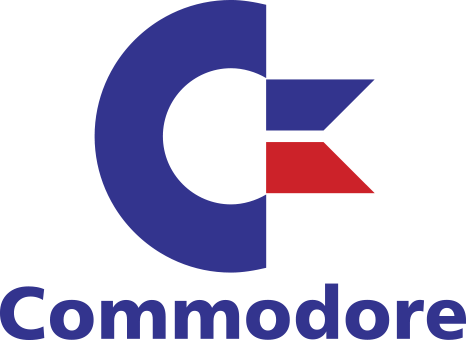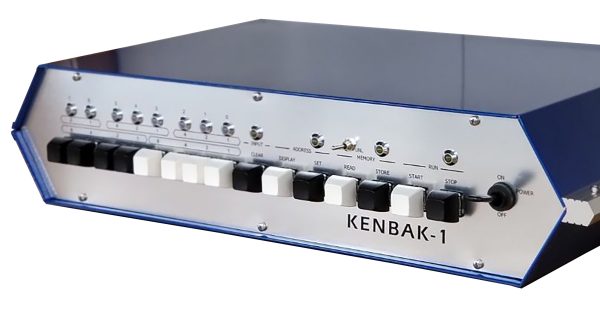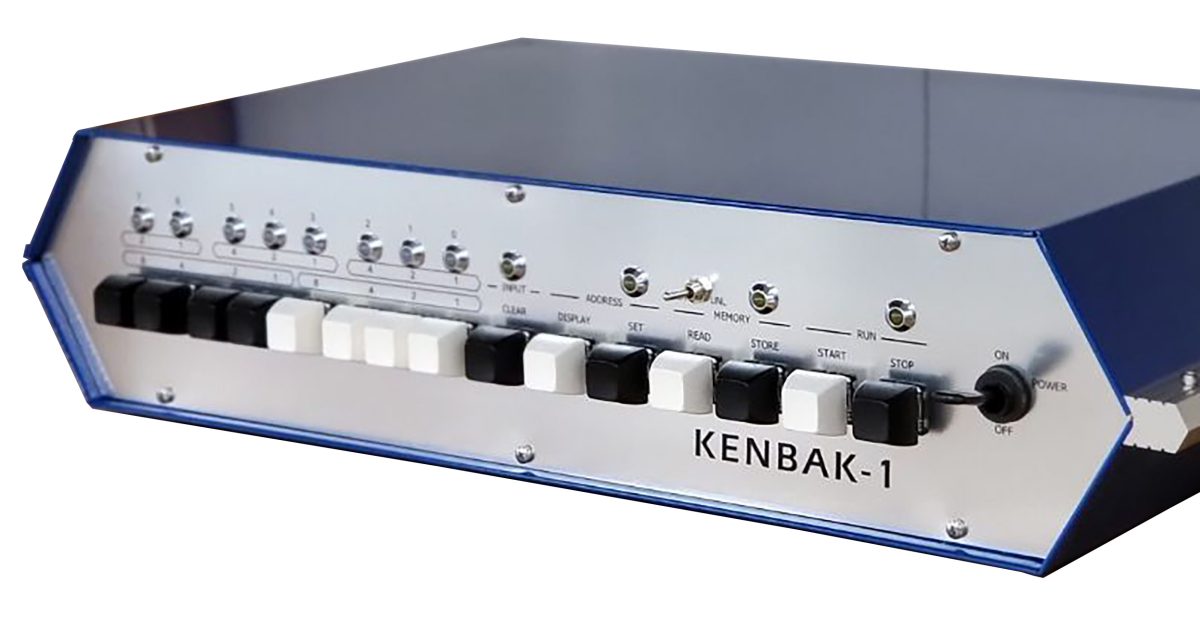Kenbak‑1
The Kenbak-1 has been named the first personal computer by our colleagues at the American Computer History Museum and the American Computer Museum. Invented by John V. Blankenbaker (1929) in 1970 and sold from 1971. Only 50 copies were made in total and there are said to be 14 copies left in the world.
Kenbak‑1
The Kenbak-1 has been named the first personal computer by our colleagues at the American Computer History Museum and the American Computer Museum. Invented by John V. Blankenbaker (1929) in 1970 and sold from 1971. Only 50 copies were made in total and there are said to be 14 copies left in the world.
The in the museum is a (functional) replica. The Kenbak-1 does not yet contain a processor because it had not yet been invented. It is an 8-bit machine by using a number of TTL (Transistor-Transitor Logic) ICs. Each instruction lasts 1 microsecond, therefor a speed of 1 MHz. However, in reality instructions take longer due to slow access to memory.
Input is done using the buttons, output is the lights. There is no display or keyboard. The computer was used for educational purposes in order to be able to use computers.





